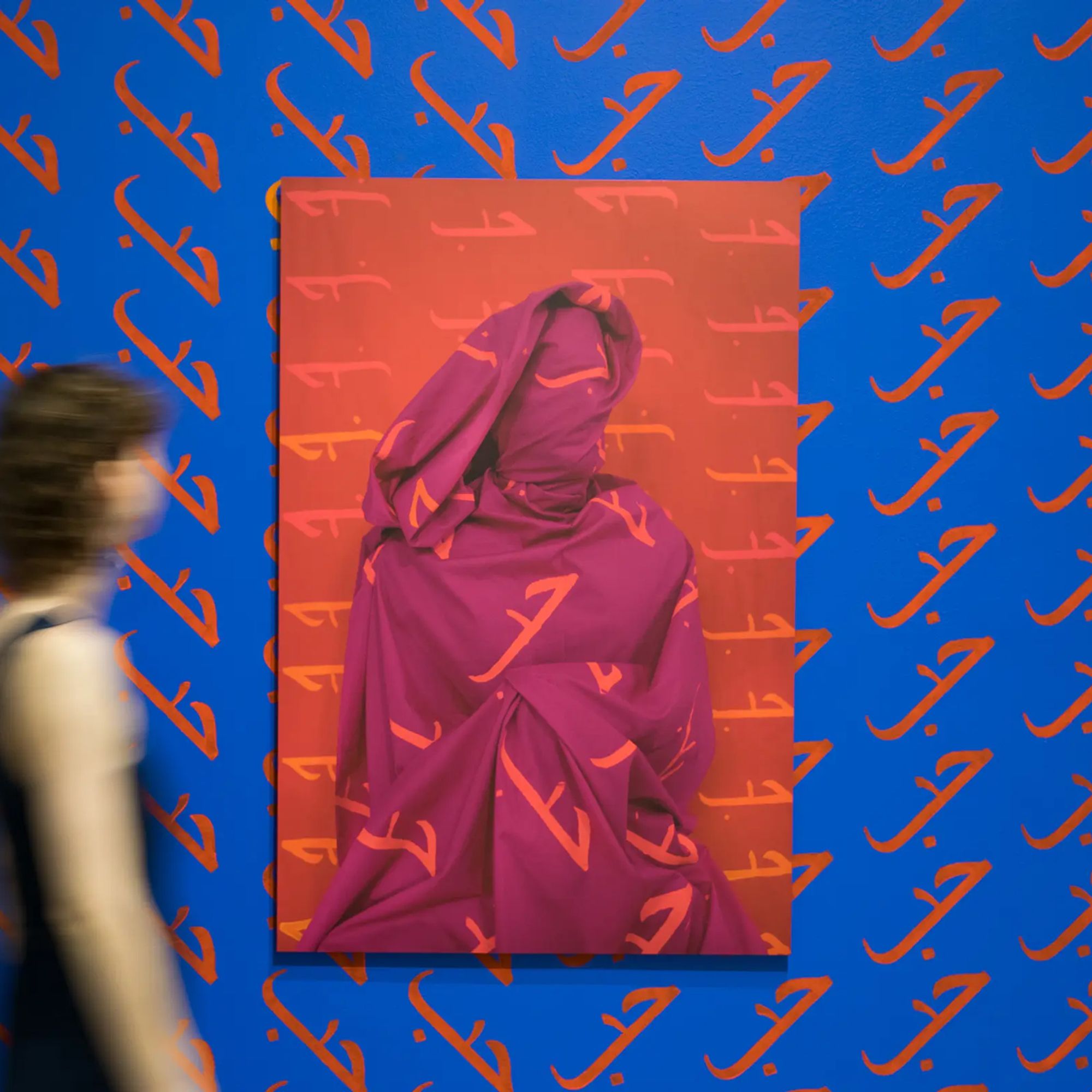Cartographies of PatternExhibition
2021Foto Relevance
Cartographies of Pattern, 2021
Throughout life we are presented with endless examples in which individuals and groups have been excluded from communities based on appearances, beliefs and actions. When this happens, there must always be two, those who impose standards, the decision makers, the 'included,' and those they exclude. Communication can be used to both connect and divide, evolve and regress, educate and destroy. Inclusion is, therefore, engaging someone in a dialogue, but not necessarily a verbal one.
Cartographies of Pattern invites the viewer to analyze their subjective perception in regards to inclusion and exclusion, and the threshold in which the transition between the two, occurs. What are the parameters that define each? The various series exhibited highlight the immediate duality that occurs in any given situation; to have one, you must have the other for either to exist. In this case, understanding inclusion requires us to be critical of what it means to be excluded. In order to be included, must one come from a state of exclusion or vice versa? The theme of duality extends to questioning the moment in which the mysterious becomes apparent, restraint becomes freedom, the underneath becomes the above, and illusion becomes reality.
The characters in the portraits, called —cludes, are wrapped in layers of fabric that shield them from interrelating with anything beyond the material. What are these fabricated barriers in society that inhibit the incorporation of others? Or are the obstacles just that: ideas, intuitions, fear, discriminations and ‘understandings’? Does inclusion mean acceptance? If so, does this definition lend itself to exclusion meaning rejection? Or do they both mean different points on the spectrum of tolerance?
What side of the fabric are we on and can we be on both sides at once? When we exclude, does it come from the fear of being excluded ourselves? Isn’t exclusion a form of security, as well? If so, what is it that we fear from discovering that lies beneath the cloth and behind the curtain? By remaining indifferent, and uncommunicative, do we become like one of them, dehumanized? Or are we the ones enclosed and what we see is an illusive barrier that we have bestowed on them?
Does the material set a power dynamic? It certainly creates a boundary, but who holds the power; them, for their anonymity, or us, for their confinement?
Who are the ‘includes’ and who are the ‘excludes’?

